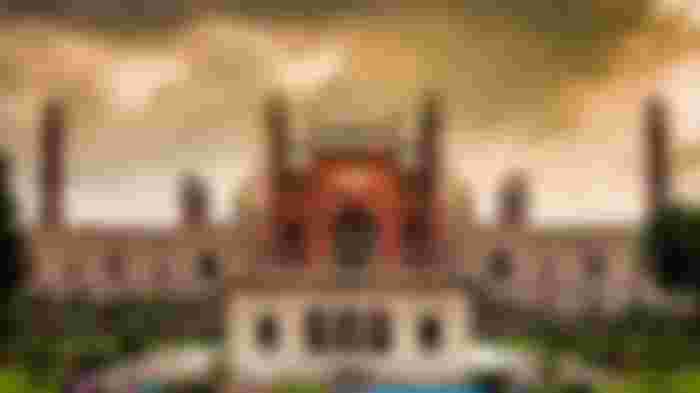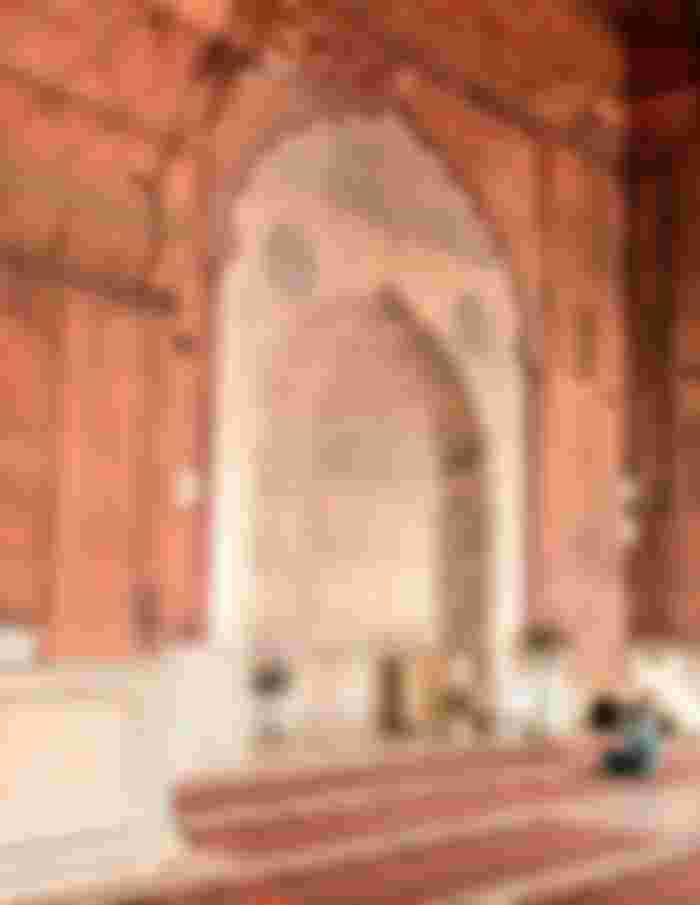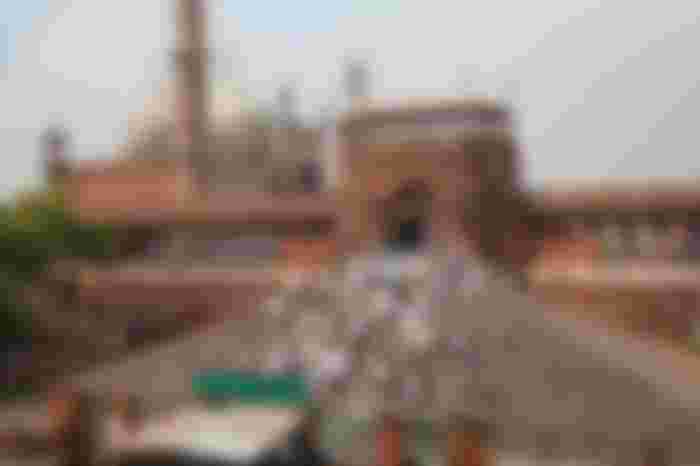It has been hundreds of years since the Mughal sunset in the heart of India. The once mighty Mughals are no longer alive in India. The huge empires of world famous emperors Babur, Humayun, Shah Jahan, Aurangzeb and Akbar have vanished in the evolution of time. However, despite the loss of the emperor, empire and power of that day, the impression of the Mughals was not completely lost from India. Nowadays, the fame of the Mughals in every province of India has survived for ages.Let's talk about Delhi, the capital city of India. The famous Red Fort, Delhi Jame Mosque, Zafar Mahal, Humayun's Tomb, Khan-i-Khan's Tomb, Fatehpur Mosque and hundreds of other architectural styles have been proudly representing the lost Mughal Empire. Due to its history and remarkable architectural style, these installations attract tourists from all over the world.
If you take the name of the most important of these structures built in Delhi, the name of Delhi Jame Mosque will come first. Known as the Prince of Builders during the reign of Emperor Shah Jahan, this mosque is one of the most important mosques not only in the Indian subcontinent but in the whole world.
Delhi Jame Mosque
Masjid-i-Jahan Numa, better known as Delhi Jame Mosque, is located in the old part of Delhi, the capital of India. The word Masjid-i-Jahan Numa means ‘the mosque that reflects the world’. The naming can be achieved only by standing in the courtyard of this huge mosque built on the orders of Emperor Shah Jahan in the 16th century.The huge mosque is a reflection of our world. And in the midst of this vast world, human beings have survived with very small existence. The Delhi Jame Mosque has stood as a symbol of the ideology of Indian Muslims for centuries.

Apart from its religious significance, it is also one of the major attractions of Delhi tourism. You go to Delhi but you don't see the Jame Mosque, it doesn't happen. The mosque stands tall in the heart of densely populated Delhi, opposite the Red Fort next to Chandni Chowk. It is good to know that this red fort, a symbol of Indian sovereignty, was also built under the direction of Emperor Shah Jahan.The Badshahi Mosque in Lahore, Pakistan was built on the orders of Emperor Aurangzeb in imitation of the architectural style of the Delhi Jame Mosque.

Construction of Jame Mosque
Construction of the Delhi Jame Mosque began in 1844 at the behest of Emperor Shah Jahan in the then city of Shahjahanabad (now Old Delhi). The mosque was built after working day and night with the help of about 5,000 artisans. You will be surprised to know that it took 12 long years to build this mosque. That is, the construction of this mosque was completed in 1857.The construction of this mosque was inaugurated by Shahjahan himself. Shahjahan's Prime Minister Sadullah Khan was in charge of supervising the mosque work. Wages were low in medieval India. Even then, the emperor had to spend a large sum of money to build this mosque. As of present day India, that amount will be around Rs 10 lakh.

This historic mosque was inaugurated on 23rd July, 1857 on the day of Eid-ul-Fitr by offering Eid prayers. For the inauguration ceremony, Emperor Shah Jahan invited a famous imam from the distant Uzbek city of Bukhara.Bukhara was an important city of Islamic learning at that time. Imam Abdul Gafur Shah of Bukhara responded to the invitation of the Emperor Bukhari and traveled about 1,707 km to reach Delhi. Imam Abdul Gafoor was the first Imam of the Delhi Jame Mosque. Later, the descendants of Abdul Gafoor were appointed as the Imam of the mosque. The current Imam of the mosque, Maulana Syed Ahmed Bukhari, is also his descendant.

Architectural style

The architectural style of the Jama Masjid in Delhi was unique among the hundreds of structures built during the Mughal period. Like the Red Fort, the residence of Emperor Shah Jahan, the mosque was built of red sandstone and white marble. Built with a wonderful blend of Jain, Indian and Islamic architecture, this mosque seems to be the bearer of many cultures. The mosque area is about 261 feet long and 90 feet wide. There are 3 aesthetic entrances to the mosque.You will have to cross an average of 35 stairs at the entrance with each entrance, as the mosque is built about 30 feet above the ground. The structure of this mosque is visible from afar due to its construction on high ground. The mosque also has 3 marble domes, 4 towers and 2 minarets. About 25,000 people were able to perform prayers at the mosque's wide prayer space. It is the largest congregation in India. There are special arrangements for Muslim women to offer prayers in the mosque premises.









Nice post bro,